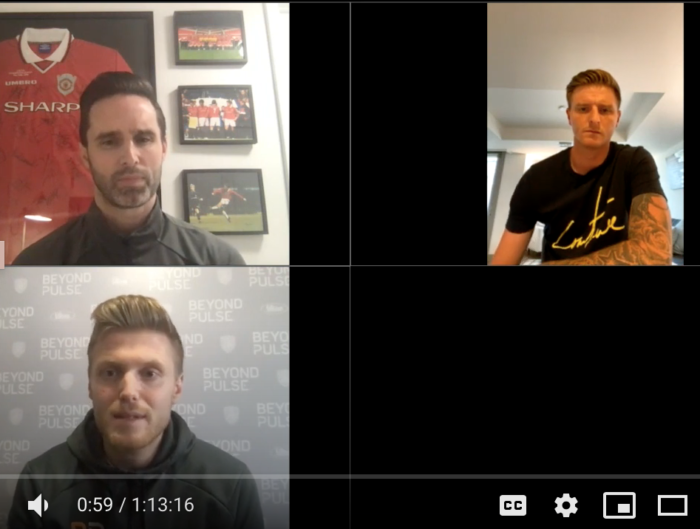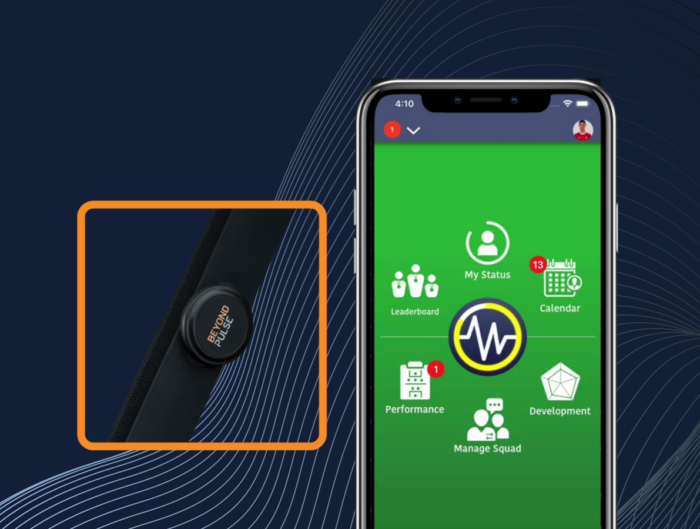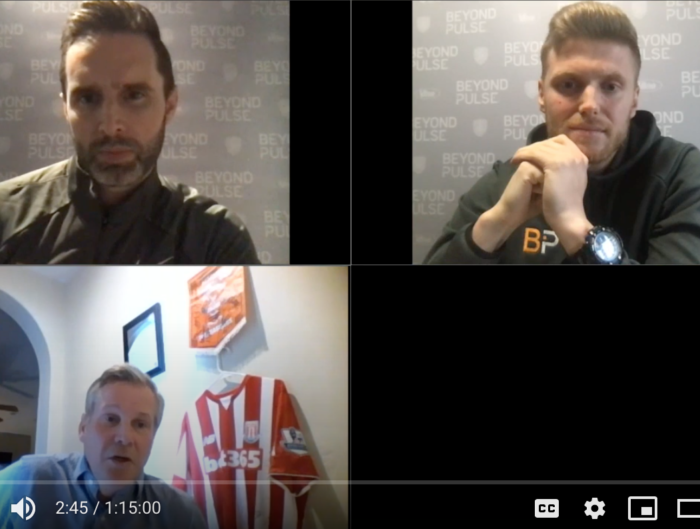Active Participation measures exactly how much time players are active vs. inactive in a session. In other words, we show how much time the players are physically moving vs. standing still. Why is this important? Well, we know that on average, the activity time in a youth soccer practice is around 54%. Therefore In an average 90-minute practice, that means players are active for 49 minutes and ultimately inactive for 41 minutes – almost half the practice…
Why is it important?
The youth sports world is becoming increasingly aware of the dangerous dropout rates in youth sports – with 70% of all youth sports participants quitting by the age of 13.
However, this number has been around for many years and is not showing any signs of improvement. If anything, overall participation numbers are declining in general due to increased barriers to participation for young people.
When we consider that one of the main reasons why young people play competitive sports in the first place, their primary motivation for playing is because it is fun. We understand the idea of “fun” for a child being the involvement in an activity that is challenging, engaging and enjoyable. Therefore, in order to keep the players coming back session after session and year after year, we need to make sure the playing environment is one that exudes opportunities for young people to be challenged, be engaged and have fun.
Unfortunately, when we start to see the trends between inactivity time and kids dropping out, it is intimately linked to how coaches coach their players. We’ve all seen it. Coaches lecturing their players for large parts of practices, activities where kids are stood in long lines waiting minutes at a time before they get to move, coaches stopping the practices far too often and far too long to make their voices heard. All of these factors inhibit the player’s ability to move freely and enjoy their time on the field.
Why Should You Believe Us?
There is a logical connection behind the idea of activity, engagement and enjoyment. We take the philosophy of experiential education as the foundation of this idea. At its core, experiential education posits that kids learn best by doing. Albert Einstein himself stated that play itself is the highest form of research. This is something that comes completely naturally to young people. We are born naturally inquisitive and thirsty for exploration. Sports should be a place that stimulates these desires – throughout a lifetime!
How does it work?
With this core belief that youth sports should be a place of movement, engagement and enjoyment, we wanted to use our technology to encourage these environments. Hence the Active Participation metric. We simply use the accelerometer inside the belt to detect how much time the players move.
Additionally, we are able to measure each child’s physical activity which is broken down to Low, Moderate and Vigorous zones. Why? Well because the World Health Organization recommends that children need 60 minutes of moderate to vigorous physical activity (MVPA) per day, just to be considered a healthy child. Now you would assume that when you drop your child off to soccer practice, they are guaranteed to achieve 60 minutes of MVPA, right? Guess again. Some studies show this is not the case. Once more, this is usually connected back to the playing environment and the need for more inclusive, dynamic and engaging practices!

We bring this information to the fingertips of clubs, coaches, players and parents immediately after each child finishes a session wearing their smart belt. All parties receive an automated e-mail showing exactly how much time was spent active and we also present this information in automated weekly reports in an attempt to raise awareness around activity time for all and promote best practice environments in youth soccer and beyond!

 FRA
FRA































